Rainwater collection doesn’t stop with just buying a water tank. You have to consider what components you need for your rainwater harvesting system as well. After all, having the right parts will help you get the maximum volume of rainwater and the maximum quality stored water in a storage tank that will last a long time.
Below is a list of items for an effective rainwater catchment:
Rainwater Harvesting Conveyance System
A conveyance system is quite simply the components in your rainwater collection system that convey or carry rainwater from your roof to your water tank.
Components:
• Catchment area (roof)
• Gutters and Downpipes
Catchment Area

A catchment area could be a paved flooring, a landscape area leading to a dam, or your roof. In this post, we’re going to tackle just the roof.
Things to be aware of:
Roof Characteristic
Since the roof is the part of your harvesting system that rain first comes in contact with, precautions are necessary especially if you intend to use your collected rainwater for human consumption or for your livestock.
For instance, some types of roof may contain asbestos or lead, and some fixtures and roof fittings such as screws and gutters made from the same materials or are corrosive may not be safe for drinking.
Some *types* of cement tiles and clay may leach unsafe minerals and oxides from their coating. Unless you’re going to use rainwater exclusively for flushing toilets, gardening, and the like, you might want to consult your roof manufacturer to confirm whether your roof is a suitable catchment for drinkable rainwater.
Other roof material to avoid:
Cedar shake (contains fire retardants) and Copper (contains herbicide). Hopefully, you don’t have these!
Common roof surfaces used for collecting rain water that are considered safe:
Colorbond® steel sheets or tiles
Zincalume® steel sheets or tiles
Glazed tiles well fired
Concrete/cement tiles
Clay tiles
Many people have been collecting rainwater without issue. What we’ve covered here are simply things you should be aware of. Chances are, you’re likely to treat your rainwater if you intend to use it as a potable source. But it’s good to understand what’s in it to begin with before subjecting it to treatment.
Gutters and Downpipes
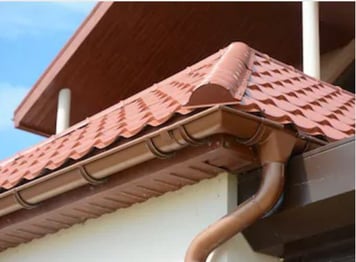
Gutters and downpipes receive water collected from your roof and carry them to your water tank. Rain head leaf diverters can be integrated with downpipes to filter organic material coming from your gutters (e.g. leaves, bird droppings, etc.).
Download this Free Report

Related topic:
Water Tanks Cost Guide
Catchment area is discussed in this article to determine water tank size.
Rainwater Harvesting Distribution System
Your distribution system involves components that transport stored water from your water tank to where it needs to be on your property.
Components:
• Pressure pumps
• Pump controllers
• Other Pipes and fittings
• Overflow
Pressure Pumps
A pressure pump is needed if you want to be able to access stored water from your tank for use inside your household. That is, a suitable pressure pump functions to connect water from your water tank to your mains water or reticulated system.
2 kinds of pumps:
- Submersible pump
Placed inside the pump; occupies less space, lesser noise
- Free-standing pump
Occupies more space as it needs a pump protector or enclosure to safeguard it from the elements and to help eliminate pump noise; available in a wide range of capacities; cheaper.
Pump Controllers
A pump controller, from the very name itself, controls the pump. Controlling the pump is how you stop it from continuously running to avoid burning out the motor. It detects water pressure and helps to maintain water flow.
There are different types of pump controllers. Variable speed pumps allow for a more even release of water but are energy-intensive. Luckily, there are more energy-saving alternatives in the market. If you want to save in this area, look for a pump controller system that utilizes a mechanical pressure switch and a pressure accumulator tank.
Some pump controllers, like the mains switch-over device, will switch off your rain water access to give way for mains water use. This is helpful when you’re using your rainwater for flushing the toilet, washing machine usage, etc. Clearly, however, this type isn’t applicable in areas without a reticulation system.
Other Pipes and Fittings
There are many varieties and makes of pipe. The type of pipe you choose will determine the size and type of fittings. You will need bulkhead fittings to connect to the tank. You may need a fitting to prevent the backflow of water into your main if you connect to your mainline.
Overflow
A tank overflow, which is installed near the top of a water tank, serves one primary purpose: to lead excess water away from where it might cause damage.
E.g.
Poorly positioned overflows can lead to water pooling around your water tank or around the tank pad, causing soil erosion or worse, water tank erosion if your water tank isn’t 100% corrosion free like poly.
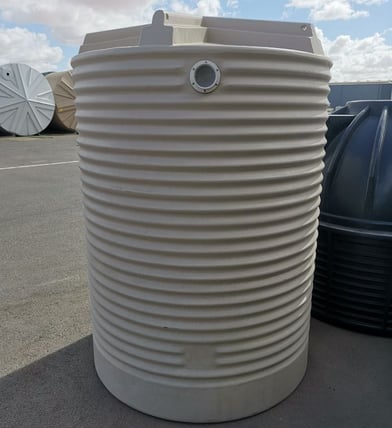
Coerco's 1,000-litre Premium Corrugated Water Tank
showing overflow inlet near the top of the tank.
PRO TIP:
You can design your garden ahead of time so that it can be nourished by the water coming out of your overflow pipe. Alternatively, overflow water can be directed to a stormwater drainage.
Even though it can sound like such a huge task at the beginning, we promise that choosing a resilient and durable water tank lessens maintenance expense and can make all the preparation worth it.
See part 2 of this series here.
Editor's Note: This post was originally published on November 3, 2017 and has been revamped and updated for the purpose of accuracy and comprehensiveness.



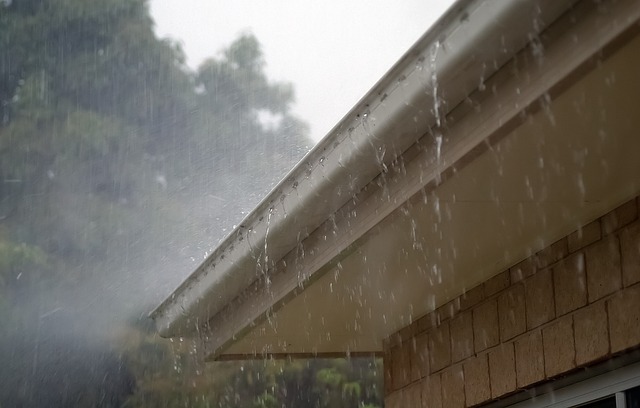
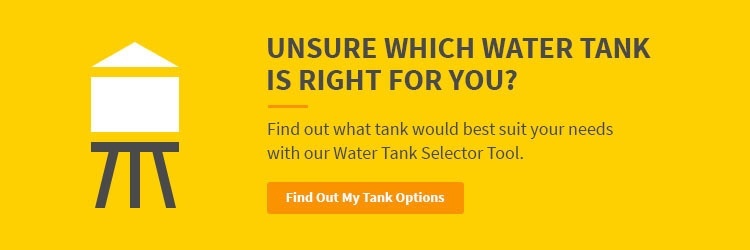
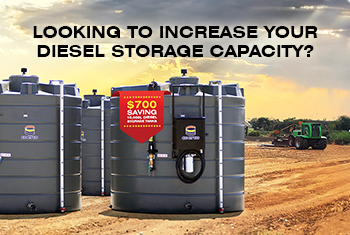
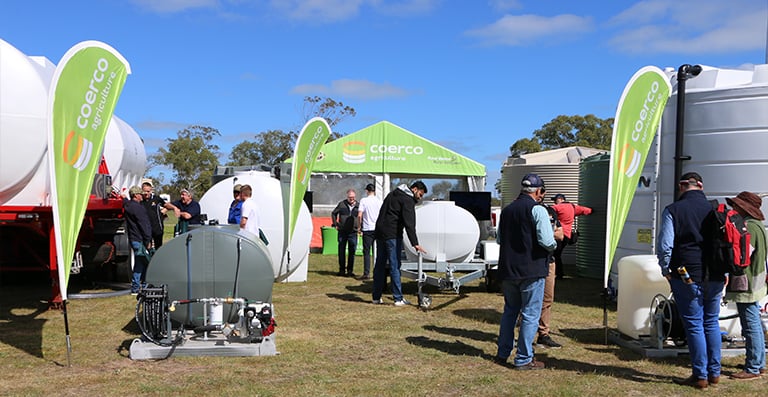


What do you think about this post?
Comments